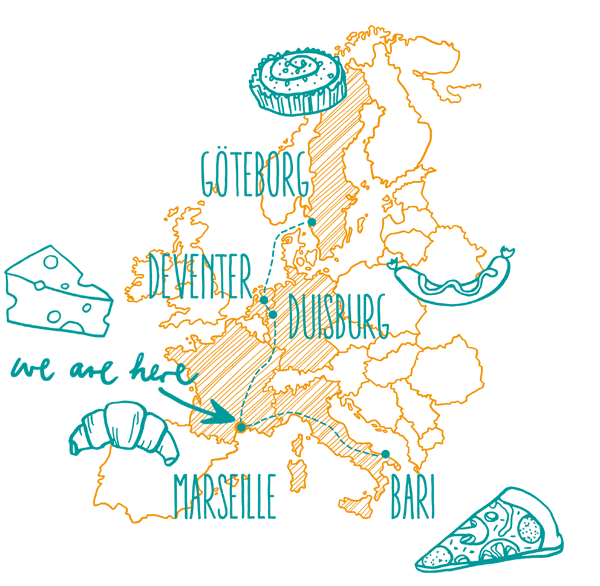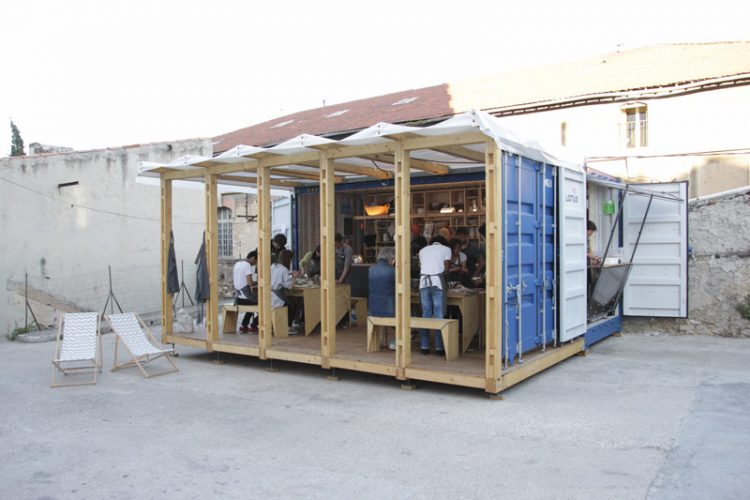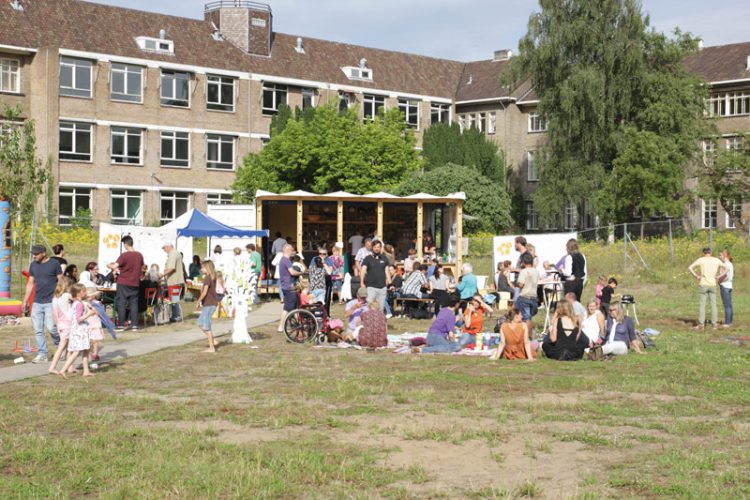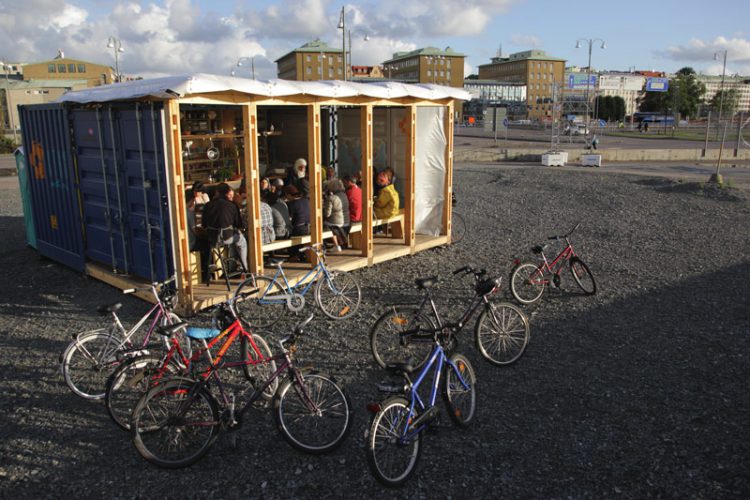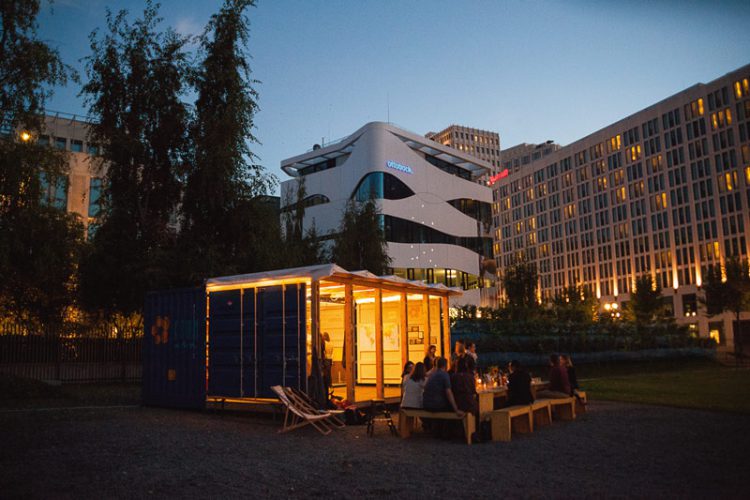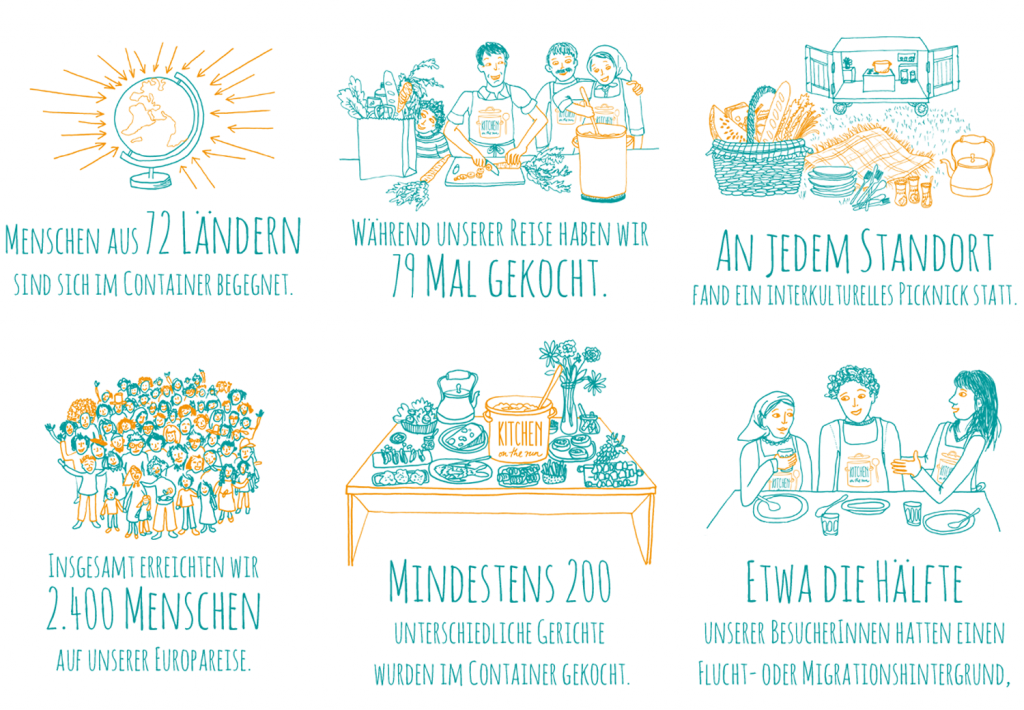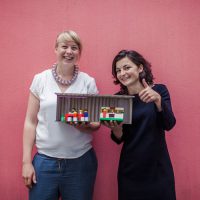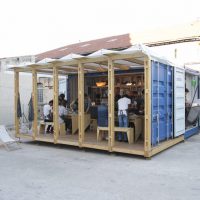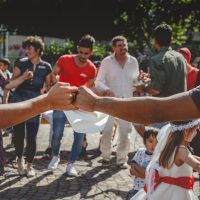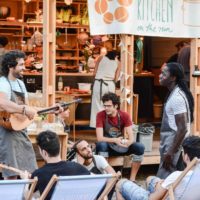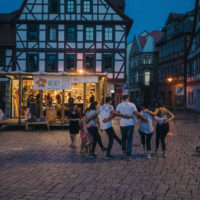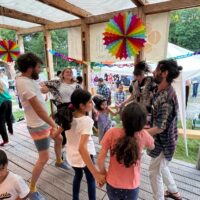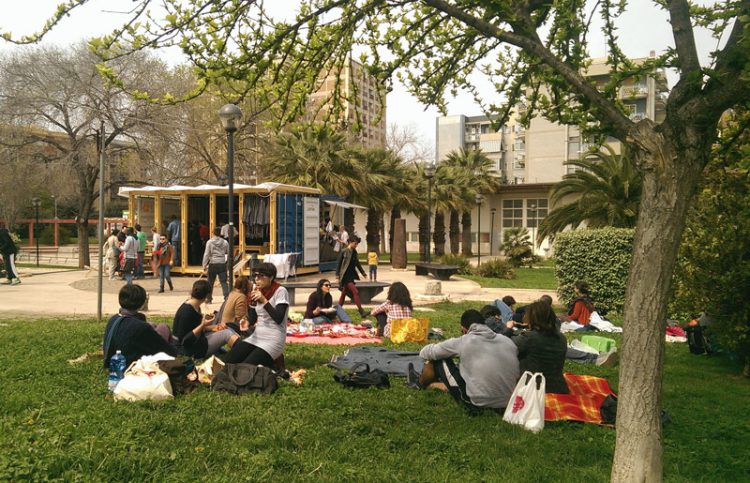
Bari
Parco Don Tonino Bello. The southern Italian city with about 300,000 inhabitants became the first location of our trip. In a public park in a classic residential area north of the center, we cooked and ate under palm trees, surrounded by flowering trees and greenery.
The cooking evenings in Italy are characterized by great cordiality and the Bareser’s passion for local specialties like homemade orecchiette or tiella barese (a rice dish with mussels) to share with people. The interpersonal warmth and the lively coming together in the container kitchen are contrasted with the economic problems we are seeing in the region. Bundled with the strong focus of the local population on their own families and a little multi-cultural cityscape, the conditions for refugees to integrate themselves into society are criss-crossed by many obstacles. In addition, many refugees are at least mentally in transit and plan, as soon as they have papers to strike further north – but such a “transit” takes sometimes two to three years.


